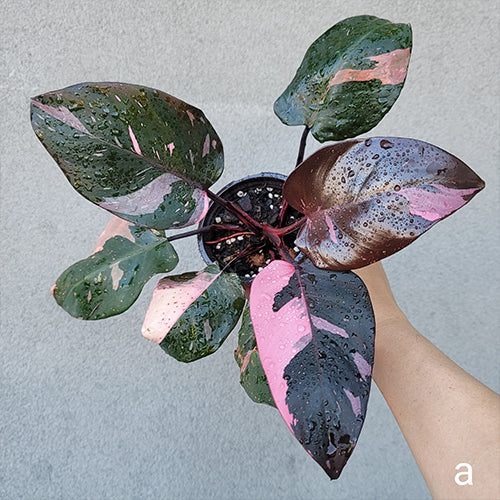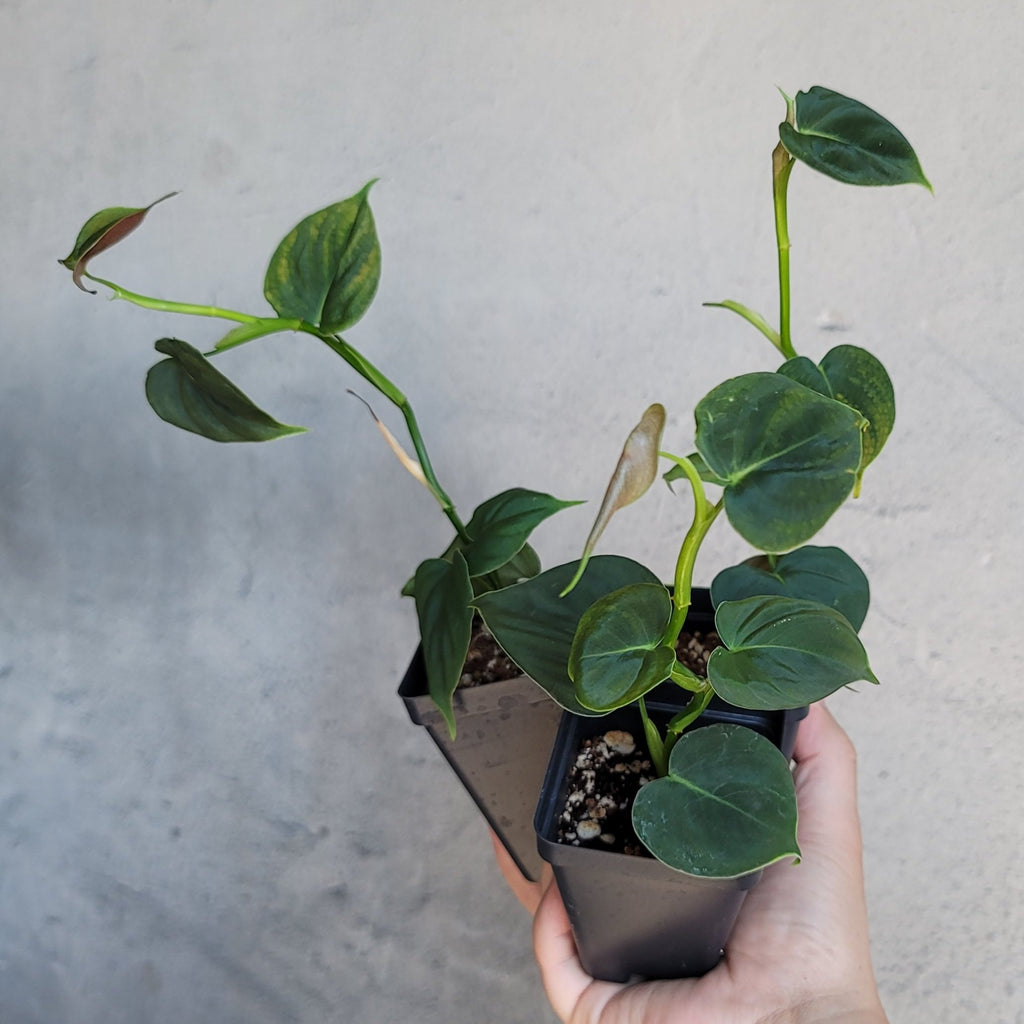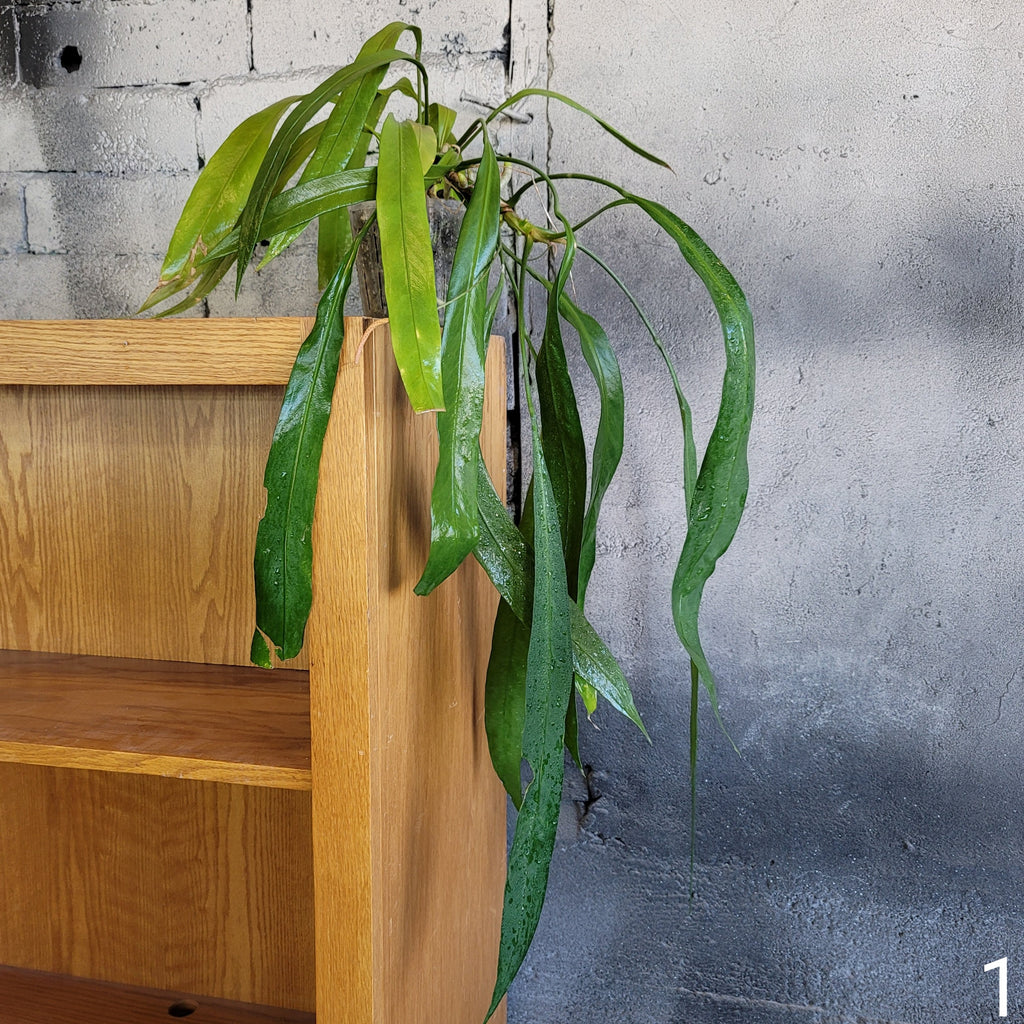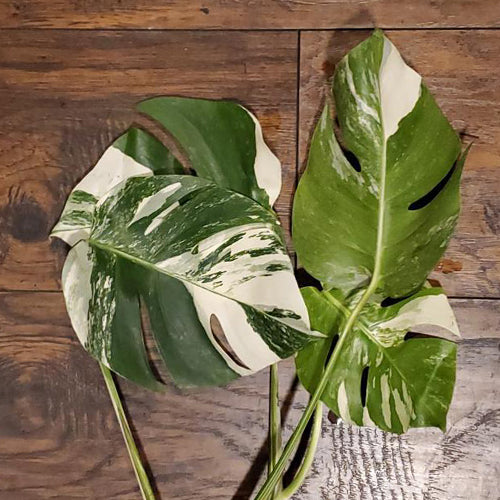
Fall is here.

As the cooler days of fall arrive in Seattle and the PNW, it's time to prepare your houseplants for their transition back indoors. Here's how to ensure they thrive during the change of seasons:
-
Timing is key: Ideally, bring your plants indoors before nighttime temperatures drop below 55°F (12.5°C). This usually happens around mid-September in Seattle.
-
Thorough inspection: Before bringing them inside, carefully check each plant for pests. Look under leaves, in the soil, and around the stems. If you spot any pests, address them immediately to prevent them from spreading to your other houseplants. We use Circadian Sunrise to treat them in our store!
-
Cleaning: Give your plants a gentle shower with lukewarm water to remove dust, dirt, and any lingering pests. Allow them to dry completely before bringing them indoors. Clean leaves with our soft Microfiber gloves!
-
Acclimation: Plants need time to adjust to the lower light levels and drier air indoors. Gradually acclimate them by placing them in a shaded spot outdoors for a few days before bringing them inside.
-
Light adjustment: The days are shorter in the fall, so your plants may need to be repositioned to receive adequate light. Observe their light requirements and place them accordingly. You may need to supplement with a grow light if your home lacks natural sunlight.
-
Watering & fertilizing: Reduce watering frequency as plants go into dormancy during fall and winter. Monitor the soil moisture and water only when the top inch is dry. Similarly, cut back on fertilizing as dormant plants don't need as many nutrients.
-
Pruning: Trim any dead or yellowing leaves to encourage healthy growth. Also, consider repotting any plants that are root-bound or need fresh soil. Time to replace your pruner? Try these colorful ones!
-
Monitoring: Keep a close eye on your plants after bringing them indoors. Watch for signs of stress, such as leaf drop or discoloration, and adjust your care routine accordingly.
By following these steps, you can help your houseplants smoothly transition from the outdoors to the indoors, ensuring they remain healthy and vibrant throughout the fall and winter months.






























